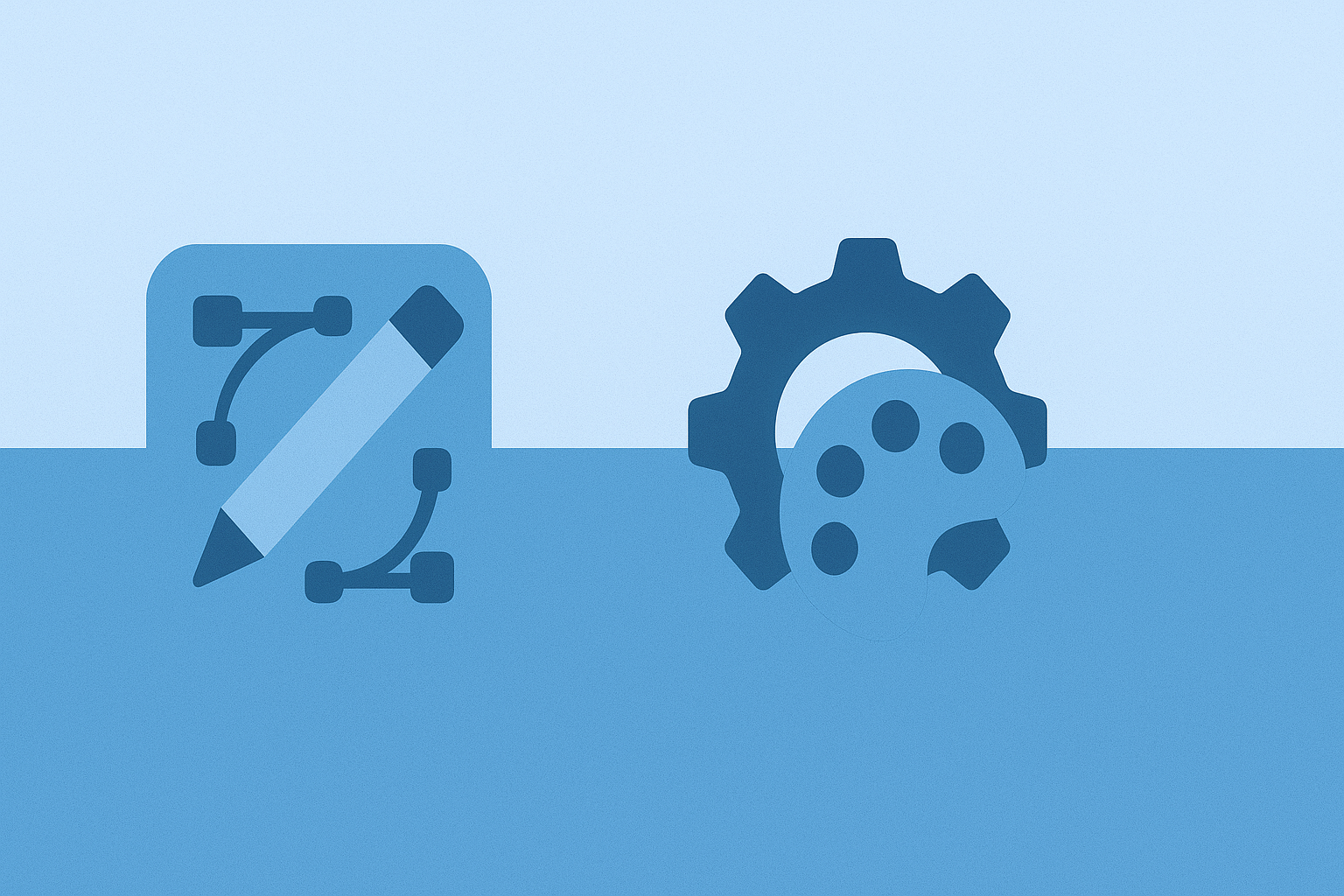Today, the business ecosystem evolves fast. Judge for yourself: in the 1930s the average lifetime of a single company from the S&P 500 rating was 90 years, while by 2018 the number of years has reduced to 18. Pretty every month new market leaders and outsiders occur, so if an organization attempts long-term functioning, it must learn how to adapt. The problem is that almost 70% of business transformational efforts fail, mainly due to employee’s resistance. People are afraid of obscurity, so to succeed with changes, managers need to communicate the vision. The business model canvas is what’ll help executives to plot and scope development points within thorough and reasonable mind maps.
What is a business model canvas?
A business model canvas is a high-grade strategic planning tool. Regardless of the market type or niche, an organization is described within 9 dimensions:
- Customers – clients the company operates for. These may include individual segments’ descriptions, buyer personas, or key accounts.
- Value – goods and/or services the company produces to satisfy customers’ needs.
The value isn’t a product itself – it’s the list of features and competitive advantages that meet distinct customers’ pains. Compare the two statements: “We offer data-migration services” and “We transfer enterprise data from any cloud-based system to AWS and prevent data-breaches”. The first is just a value description, while the second – shows how the client may benefit.
- Channels – routes or processes of how the value is being passed to target audiences.
Manufacturing companies can mention their own or partnering distribution networks, while services or intangible goods providers can map out processes they use to deliver clients’ projects.
- Customers’ relationships – strategic policies of how the company acquires, nurtures, and retains leads.
This section may include communication strategy, messages, loyalty policy, as well as lead generation tactics, funnels, and pipelines.
- Cost structure – fixed and variable costs that are required to produce the value
- Revenue – cash flow and profit generation processes.
You can design great products and experience the ever-best lead generation, but without the capital, expenditures, and money flows management the payback will last decades. A lean business model canvas is, therefore, the one that obligatorily includes production P&Ls insights.
- Key activities – description of activities the company needs to handle to create value.
Answering “What are key activities in a business model canvas” starts with understanding what the company requires – to sustain goods’ or services’ quality. For example, a turnkey software developer’s key activities may include preventing in-house programmers’ overload through hiring freelance coders and launching internship programs for graduates.
- Resources – material means, technologies, goodwill, talents, and money.
Resources are all that allow your company to generate revenue in the present and continue doing this – in the future.
- Partners – all third parties with whom you’ve established joint businesses or non-commercial agreements.
All nine dimensions are mapped on a single worksheet, so that the company’s essence is displayed at a glance. Keep in mind that a canvas isn’t a report. Its advantage is simplicity, therefore it shall be brief yet remarkably meaningful.
“An example of the company’s 9 functional dimensions”, source
And we got inspired with this example and created a business model canvas template on our Weje board 💙. We’ll try to share the interactive template later on.

Knowing what is a business model canvas and what are the components is not all. To create a truly aiding tool, one shall clearly understand the purpose and the final readers.
What is the purpose of a business model canvas?
The company needs to map its operational canvas in 4 major cases:
- When preparing innovations
Business model canvas allows determining growth-enhancing points because it summarily displays all relevant operational processes. Therefore, the map can be used during brainstorming or strategic sessions – to come up with remodeling ideas.
- When trying to conform to an external environment negative consequences
Economies or niches fall into crisis, from time to time. In these circumstances, a company needs to ride out the recession with minimal losses. A business model canvas will show what activities or costs can be adjusted – to preserve revenue streams and maintain customers’ relations.
- When changing organizational structure
Expanding business, either horizontally or vertically, is a huge money opportunity yet a big operational threat. Imagine you bought three new businesses and turned into a conglomerate, like LVMH or Samsung. Every subsidiary used to have its C-level executives. But a new company doesn’t require several global CEOs, CFOs, and CMOs, agree. To rescope responsibilities, it’s important to map business processes and understand their origin. Otherwise, the transformation will be expensive, painful, and last for years.
- When changing inner processes
If the company decides to become agile, business model canvas may assist in rearranging cross-team collaborations and developing product roadmaps.
- Guiding Financial Projections and Strategy
A business model canvas is instrumental in shaping financial projections and strategic financial planning. By providing a clear overview of the business’s key activities, resources, and value propositions, it helps in accurately forecasting revenue streams and cost structures. This understanding is crucial for developing realistic financial projections, which are essential for budgeting, investment planning, and measuring financial health.
How to make business model canvas report?
You can use this simple 5-steps guide to come up with a business model canvas paper that will work:
- Choose competent peers
To fill in the canvas on your own is a tempting yet bad idea. Whatever fabulous manager you are, you can’t delve into specific processes as deep, as can colleagues who work with these daily. To produce a consistent business description, list experts who might assist you. These are typically from Sales, Marketing, Procurement, and Finances.
- Use business model canvas template
Don’t reinvent the wheel – google for a blank template or some business model canvas examples. Think of writing style – this neither should be storytelling nor too fact-based. Overwhelming bulleted points with numbers or jargon make them useless, to be honest.
- Organize 30-minutes meetings
The best way to collect information is to gather co-workers in a single workspace. If your team is fully remote, you can use online whiteboards, as well. Specify the purpose and ask everyone to fill in the canvas. You can presuppose some discussion, but don’t turn the meeting into a session. Time limits are what forces participants to concentrate on the basics and omit irrelevant details.
- Think of final report’s users
Assume who will use the report and for what purpose helps – to choose the right detailing level. If a business model canvas will be presented to investors, you’ll probably need to pay more attention to cost and revenue points and choose common vocabulary.
- Understand how to use
The canvas isn’t a business plan. It isn’t a concept or report, either. After your team has developed a report, grasp how to read business model canvas. It can be used during regular outlining meetings – to give participants insights on the development ideas. You can also share the canvas with new and existing team members – to either enhance onboarding or improve operations’ knowledge.
The clearer the plan – the better the work is performed. You can combine a business model canvas with other strategic planning tools, like SWOT, BCG matrix, or PEST, to gain superior operating results.
Published: June 7, 2021





